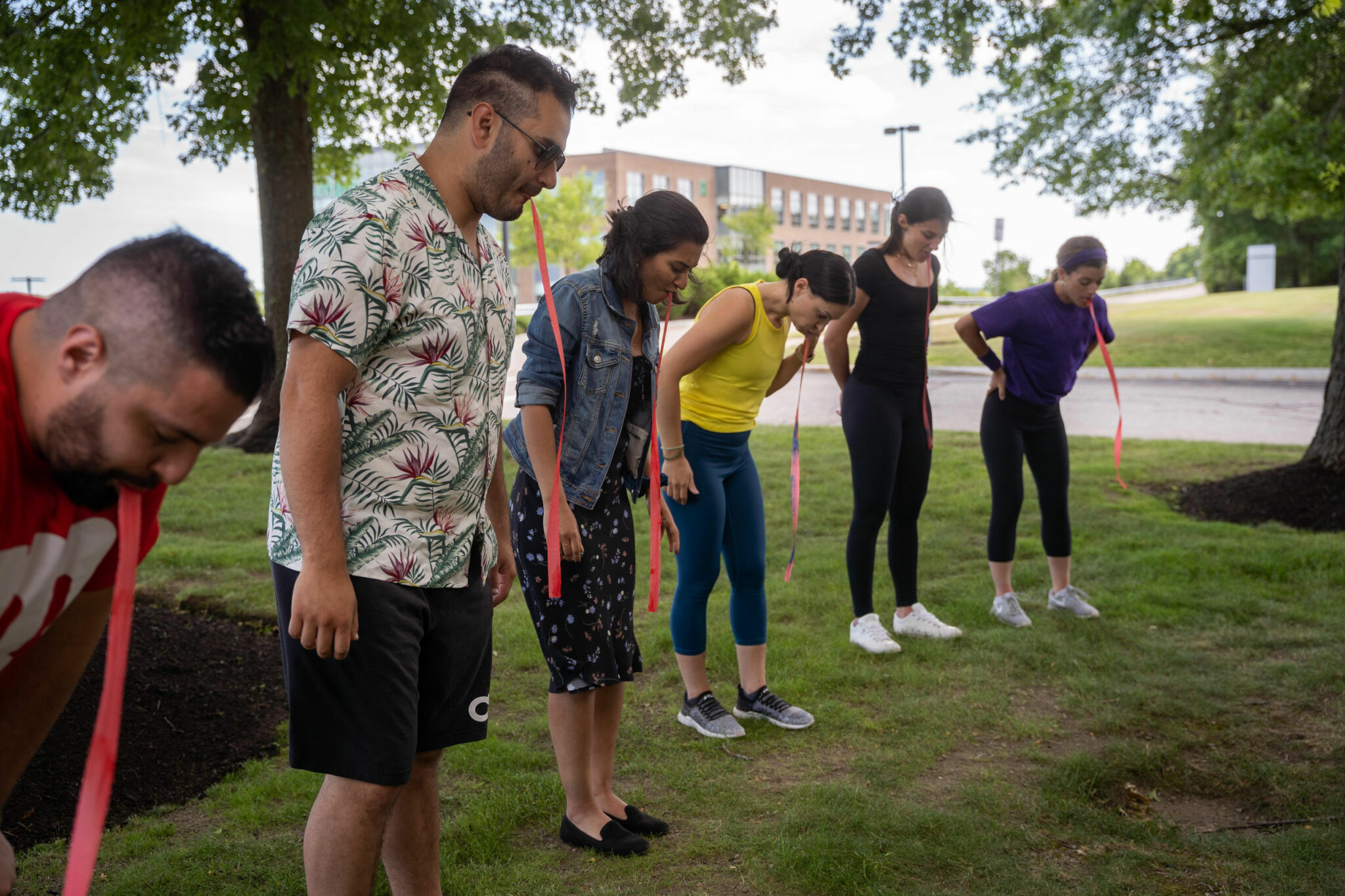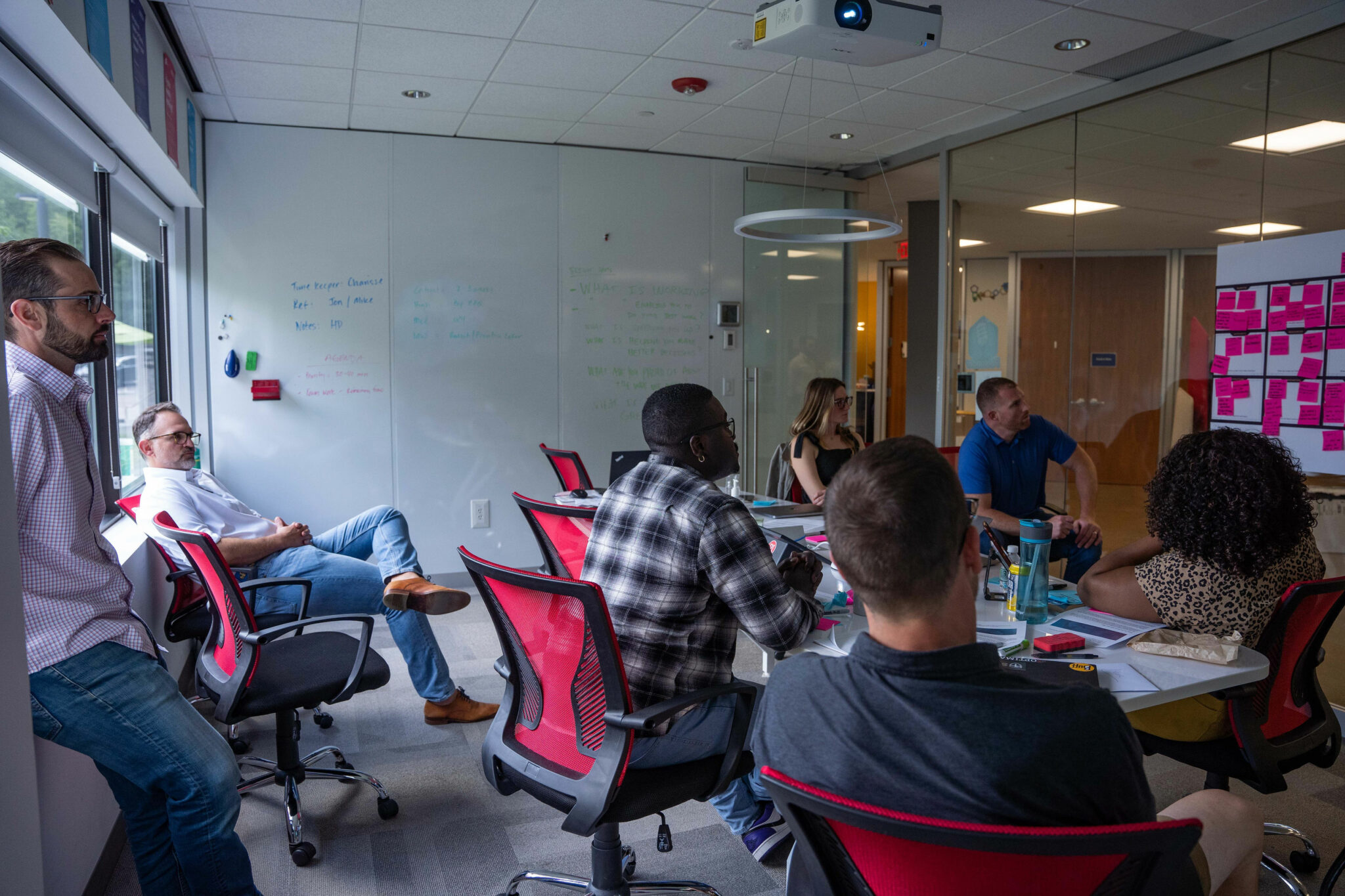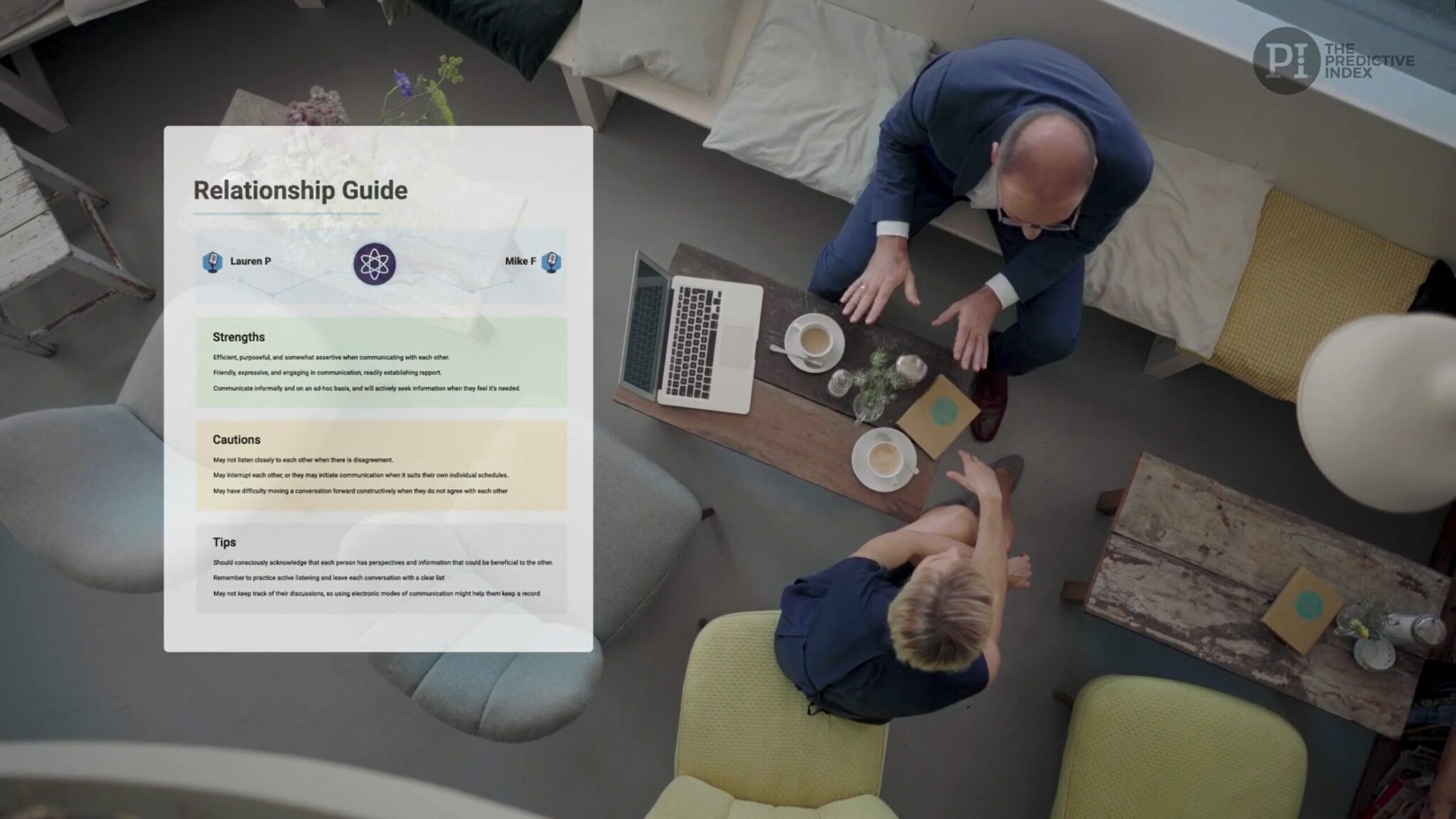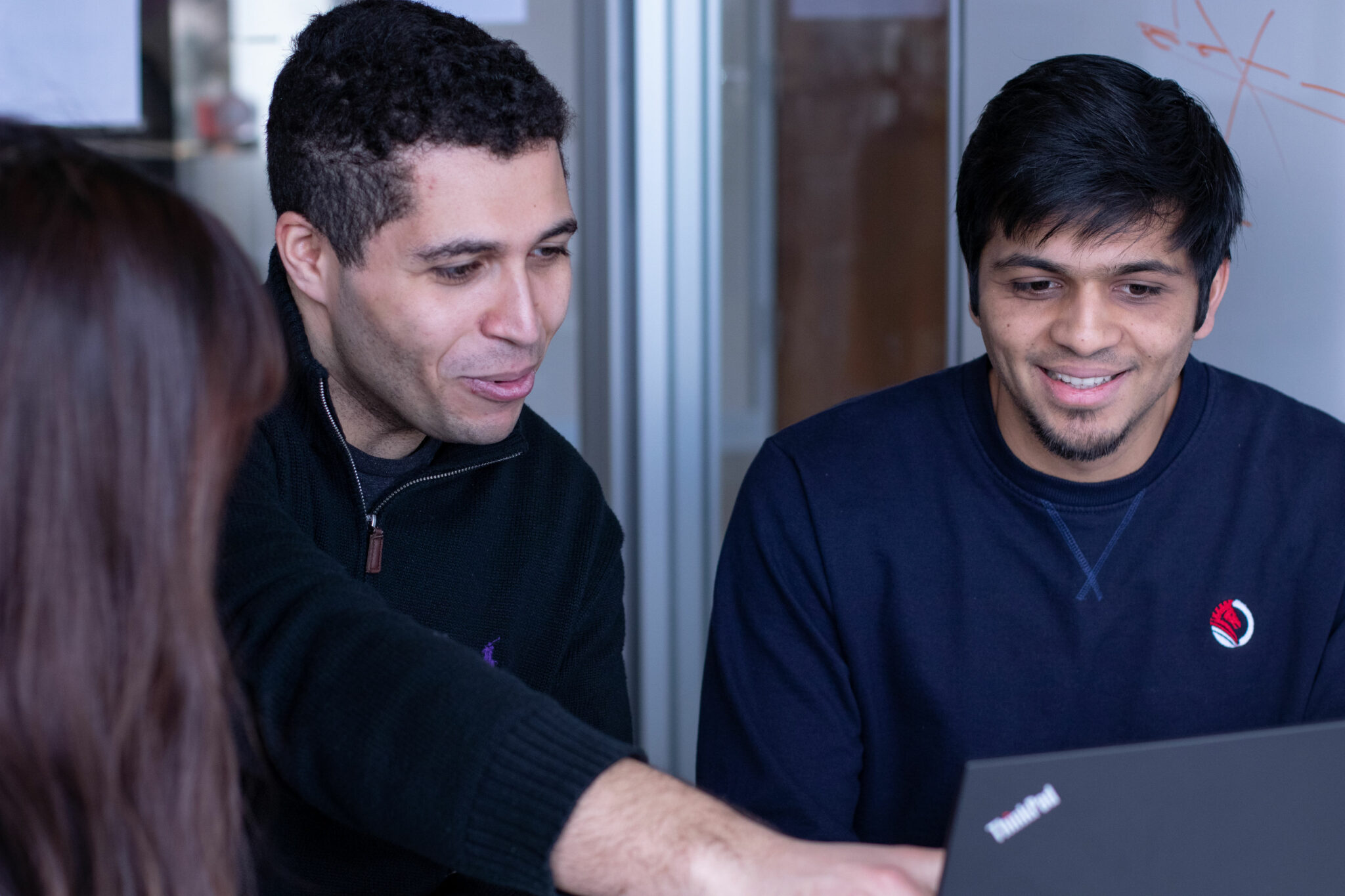The American workforce comprises people from five different generations. At many companies, 20-somethings work alongside much older workers in similar roles. You might worry that differing attitudes toward work can cause a generational divide among your employees. And when leadership doesn’t understand how to manage different generations, this rift can and does happen.
[chart id=”24″]
But a diverse workplace can be a huge advantage in terms of a company’s potential to innovate and scale. As North Carolina State University finance professor Richard Warr said, “There is a business case for diversity … It actually produces better outcomes.”
To help your company find success, and to maintain harmony in the workplace, you need to master multigenerational management.
The U.S. workforce is diverse and fluid.
First, let’s break down the U.S. workforce by generation. Pew Research Center divides the U.S. workforce into five segments:
- silent/Greatest generations
- baby boom generation
- Generation X
- millennial generation
- post-millennial generation
The following graph shows the generational changes in the U.S. workforce since 1994.
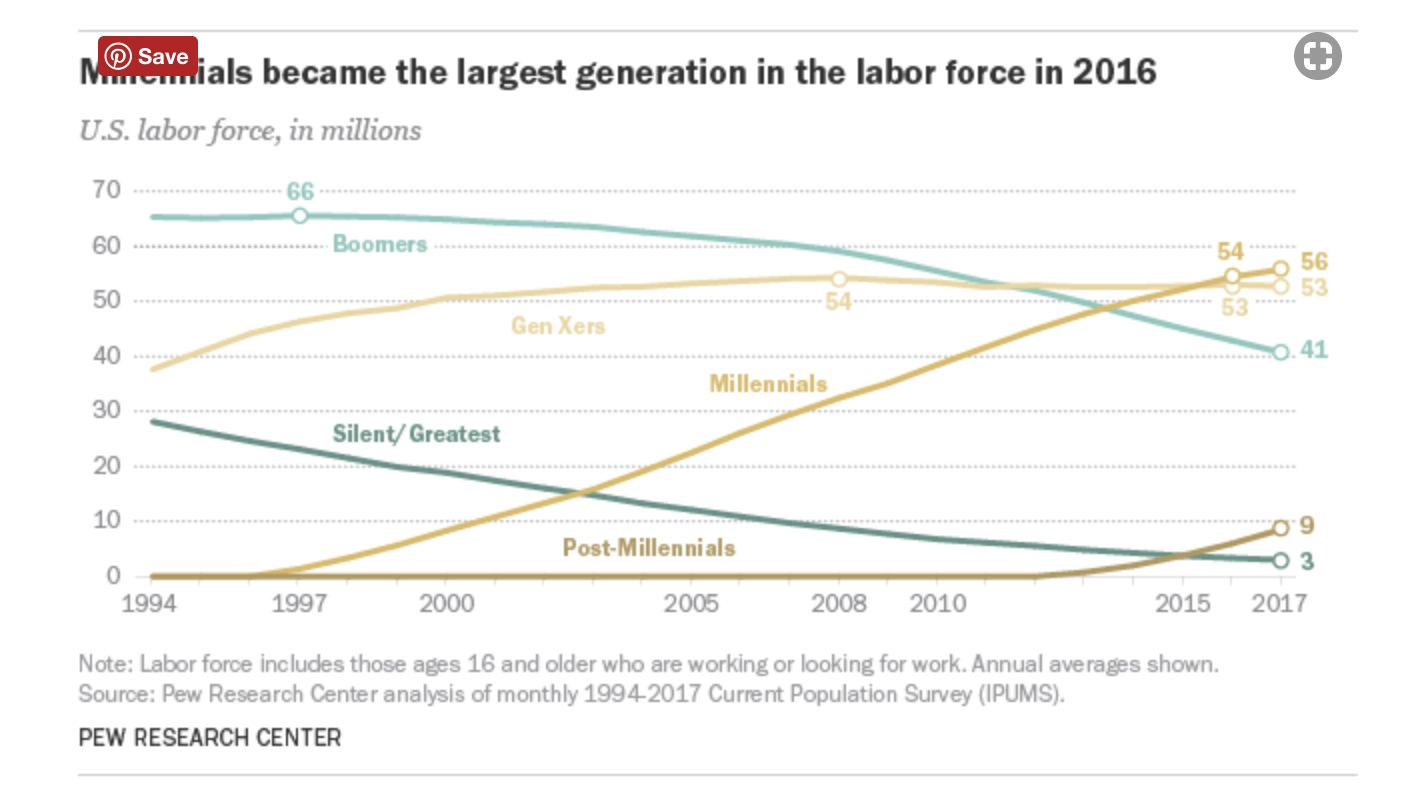
Over the past two decades, we’ve seen post-millennials enter the workforce, we’ve seen millennials become the largest generation in the workforce, and we’ve seen the silent/Greatest generations retire. There are 17 percent fewer Gen Xers in the labor force than there were in 1994. The landscape has definitely shifted.
So, what does that mean for managers?

Age diversity is and will be a prominent factor in your day-to-day work life. Having a one-size-fits-all approach to management won’t cut it. Harboring generation-based assumptions about everyone in a given age group won’t work either. To encourage optimal performance, tailor your management approach to each individual employee.
Here are five tips on managing different generations at work.
Don’t get too caught up on age.
We’ve all heard the generational stereotypes. Millennials are social media obsessed and hard to motivate. Baby boomers lack technical skills and tend to be micromanagers. Slapping labels on people based on age is nonsense.
Not everyone behaves the same simply because they’re in the same age group. People are individuals with their own distinct set of attitudes, values, and behaviors. Data might show that millennials prefer a manager who’s lax with the rules. But, no one generalization holds true across the board 100 percent of the time.
As a manager, your best bet is to focus on the person and not their age. Learn how that person wants to be motivated, and what their insecurities are. That way, when you’re staring down a deadline, you know how to work together as a team.
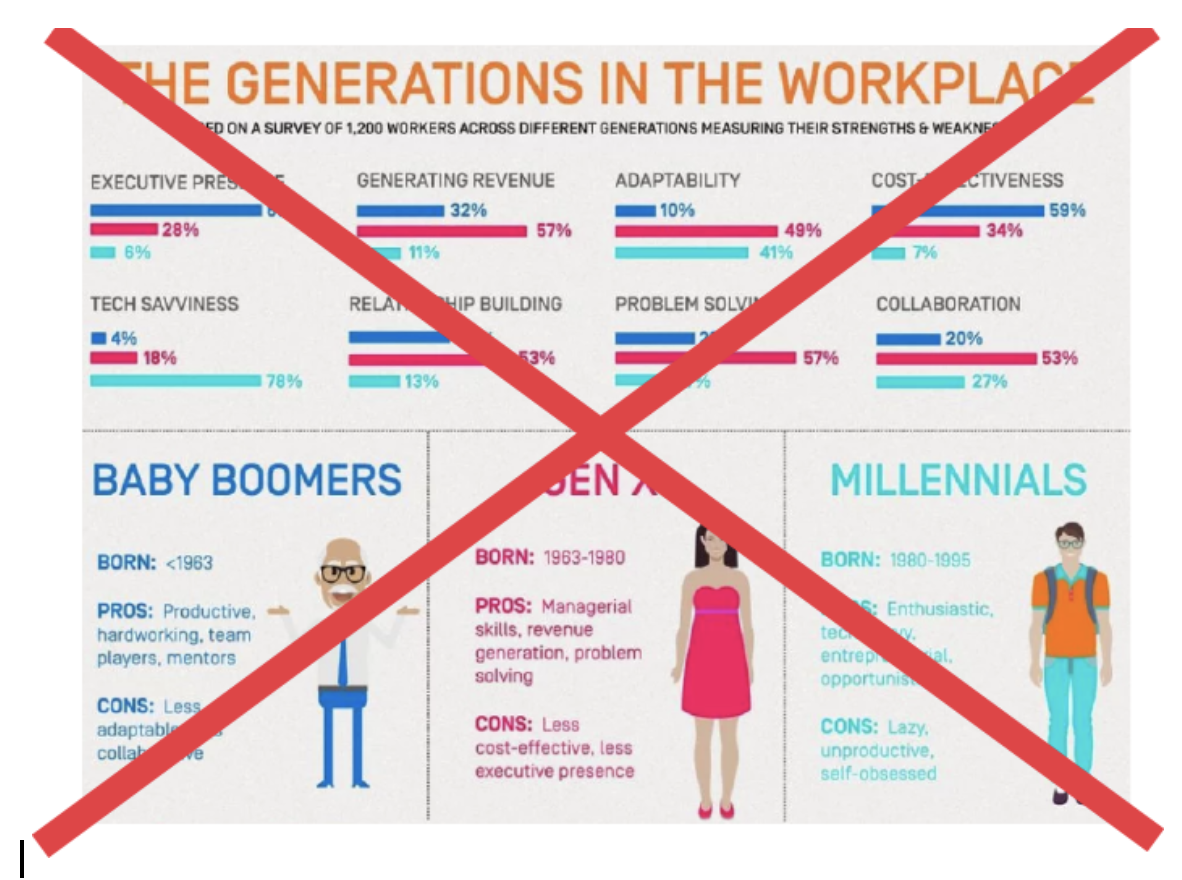
Have open conversations.
Open, communicative, supportive, and transparent. These are words associated with great managers, according to our recent People Management Study. In it, we asked 5,103 people to talk about their managers.

During one-on-ones with your employees, ask questions like, “Is there anything I can do to better support you?” or “Are you facing any roadblocks—and, if so, how can I remove them?” You’ll also want to ask questions about their interactions with employees on the team and in other departments. The idea is to get in front of problems before they grow big.
If you’re a new manager, ask your employees to tell you about their best/worst working relationships with previous managers. Let’s say someone says he hated when his former boss peeked over his cubicle wall and asked a question. You’ll know to book time to speak with this person privately.
By asking these questions and having a two-way conversation, you’ll build trust with your employees no matter their age.
Create cross-generational mentoring/relationship programs.
Harvard Business Review recommended creating cross-generational mentoring programs. This way younger and older employees can learn from each other. This can be extra helpful for younger managers who might be nervous about managing someone much older than themselves. As a manager, it’s a good idea to think of your employees as your partners. Yes, you’re in charge and you make the final decision, but you should be listening to their ideas—and incorporating those that make sense.
Pairing up employees fosters team building, collaboration and understanding. At The Predictive Index®, we use the Donut app on Slack to connect employees who don’t know each other well. It’s a great way to build relationships and learn across departments and generations. Talk to human resources if this is something you’d like to put in place at your office.

Keep a constant pulse on your employees.
Conduct annual surveys to understand the demographics, values, and needs of your employees. Use this information to understand what matters most to different sets of employees. After you’ve conducted the survey, share the results at an all-company meeting to highlight both the positive and the areas of improvement. Make sure to share an action plan to prove that you value your employees’ insights and are looking to make improvements.
Understand people’s communication styles, inner drives, and needs.
With a diverse workforce comes diverse communication styles and communication skills. Some people might prefer to talk face-to-face, others via email or through instant messenger. Understanding your employees’ preferred communication style can boost engagement and productivity.

The Predictive Index provides businesses with tools to simplify communication and boost productivity. Our PI Behavioral Assessment is a quick and easy way to get insight into an employee’s drives, needs, and communication style.
If you want a more in-depth view, try our PI Relationship Guide. It lets you see how employees interact with one another. Identify strengths and caution areas, and get tips to improve collaboration between any two employees. Managing across generations is easier when you have a mutual understanding of each other’s communication styles, drives, and needs.

Do you have any thoughts on how to successfully manage in a multigenerational work environment? Leave us a comment below!
